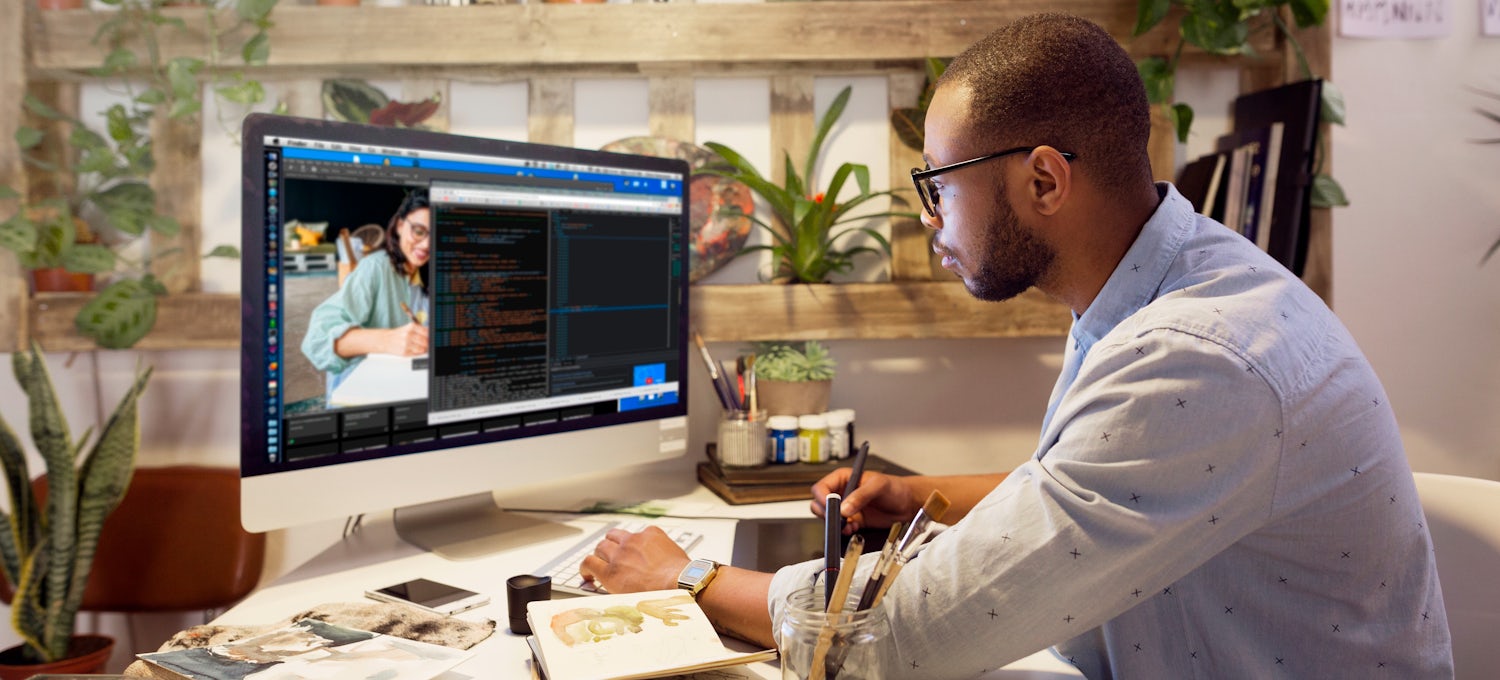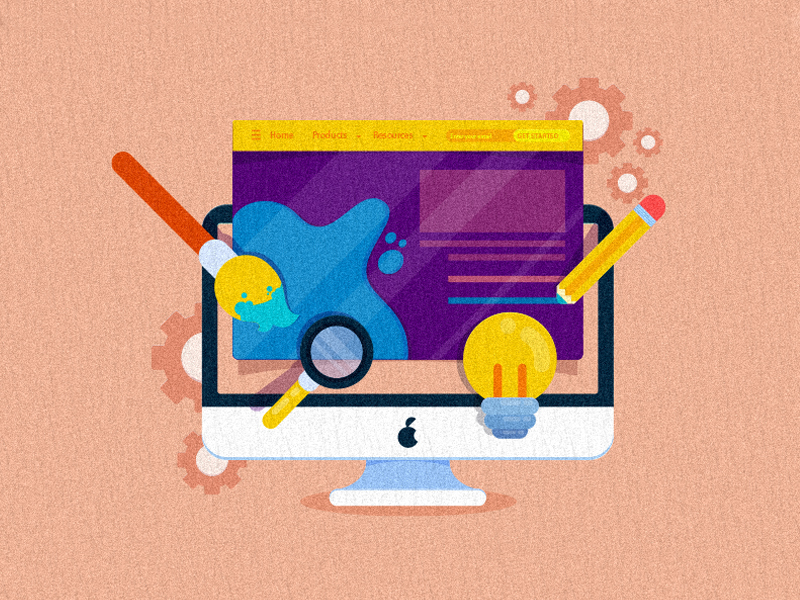Aligned Position Web Design: Crafting Visually Appealing Websites for Modern Businesses
The Very Best Types of Web Design to Boost User Experience and Involvement
In the ever-evolving landscape of electronic communication, the performance of Web layout significantly impacts individual experience and interaction. Different style techniques, such as minimal, receptive, and interactive designs, each deal special benefits that can cater to diverse user needs.
Minimalist Web Layout
As electronic landscapes come to be significantly chaotic, minimal website design has emerged as a powerful approach to boosting customer experience. This layout ideology focuses on simpleness, focusing on vital aspects while eliminating unnecessary distractions. By making use of enough white room, simple navigation, and a limited shade combination, minimalist design cultivates quality and routes customer interest to essential content.
The core concept of minimalist website design is to produce a seamless communication for individuals. By reducing cognitive lots, customers can quickly understand details without really feeling overwhelmed. This straight method not just enhances usability yet likewise urges interaction, as visitors are more probable to discover a site that is simple and visually attractive to navigate.
In addition, minimal design typically stresses typography and imagery, utilizing these aspects purposefully to communicate messages successfully. In significance, minimal Web design is not just a pattern; it is a thoughtful technique that recognizes the significance of user-centered style.
Receptive Website Design
In today's varied electronic environment, responsive Web design has ended up being necessary for creating a seamless user experience across a wide range of gadgets. As customers accessibility internet sites on smartphones, desktop computers, laptop computers, and tablet computers, the capability of a web site to adjust its design and material to different display dimensions and resolutions is crucial.
Responsive Web layout uses versatile grids, pictures, and CSS media inquiries to guarantee that Web material exists efficiently, despite the device used. This strategy not just improves the visual appeal of an internet site yet likewise considerably improves use. Customers are a lot more likely to engage with a website that uses a constant experience, as it eliminates the frustration of needing to zoom in or scroll excessively.
In addition, internet search engine, including Google, prioritize mobile-friendly web sites in search rankings. By taking on responsive design, businesses can improve their presence and reach a broader target market. This strategy additionally simplifies internet site maintenance, as a solitary version of the website can cater to all tools, decreasing the need for several variations. In summary, receptive website design is a fundamental method that enhances individual experience, involvement, and general satisfaction.
Interactive Website Design
Responsive Web layout prepares for boosting customer experience, yet interactive Web design takes this an action even more by involving customers in a more dynamic method - Aligned Position Web Design. By including elements such as animations, clickable prototypes, and real-time comments, interactive Web layout captivates users, drawing them right into a richer surfing experience
This strategy not only fosters engagement however likewise urges customers to discover content actively as opposed to passively consuming it. Techniques such as gamification, where individuals make benefits for finishing jobs, can significantly enhance the time spent on a site and improve overall complete satisfaction. Interactive attributes can streamline complicated info, making it a lot more digestible and pleasurable.

Incorporating interactive layout elements can likewise bring about higher conversion prices, as customers are most likely to engage with a site that proactively entails them. Aligned Position Web Design. Eventually, interactive website design transforms user experiences right into memorable trips, ensuring that visitors return time after time
Flat Design
Characterized by its minimalistic strategy, flat design highlights simpleness and performance, removing away unneeded components and focusing on vital features. This layout ideology focuses on use, making sure that users can browse user interfaces easily and efficiency. By employing a tidy aesthetic, level style gets rid of the clutter typically discovered in extra elaborate styles, therefore improving user concentrate on web content and performance.
The trademark of flat important link style hinges on image source its usage of strong shades, simple typography, and geometric shapes. These aspects contribute to an aesthetically appealing interface that is both modern-day and friendly. Additionally, level layout promotes a sense of clarity, enabling users to determine important activities and info without distraction.
Moreover, level style is specifically effective in responsive website design, as its simpleness translates well throughout different devices and screen dimensions. The absence of complex appearances and gradients decreases loading times, which is vital for maintaining individual involvement. As digital landscapes remain to evolve, flat style remains an appropriate option for creating straightforward internet sites that boost general experience. By concentrating on vital attributes, flat layout not just satisfies user demands yet likewise encourages smooth interaction, making it a crucial component of efficient Web style strategies.
Adaptive Web Style
Flexible Web find out here now layout tailors the user experience by creating several taken care of formats customized to various screen sizes and gadgets. Unlike responsive style, which fluidly changes a solitary format, flexible layout uses distinctive formats for specific breakpoints, guaranteeing ideal presentation on different platforms. This method enables designers to focus on the distinct qualities of each gadget, improving functionality by delivering precisely what users need based upon their context.
Among the key benefits of flexible Web style is its capability to enhance load times and performance. By offering customized material and pictures that fit the user's device, websites can minimize information use and boost loading rates. This is especially valuable for customers with slower links or restricted data plans.

In addition, adaptive layout promotes a more controlled and regular branding experience. Because developers create several formats, they can guarantee that the aesthetic elements line up with the brand name's identification across different systems - Aligned Position Web Design. This results in a cohesive individual experience, boosting engagement and advertising customer retention
Conclusion
To conclude, the assimilation of minimalist, responsive, and interactive Web layout concepts substantially boosts customer experience and engagement. Minimalist style cultivates quality and focus, while responsive design makes sure flexibility throughout different tools, advertising accessibility. Interactive design captivates individuals with vibrant aspects, urging expedition and personalization. Collectively, these design approaches contribute to the development of easy to use atmospheres that not just enhance contentment but also drive greater conversion prices, emphasizing their critical importance in contemporary Web layout strategies.

Minimal layout fosters clarity and emphasis, while receptive layout ensures adaptability across different gadgets, advertising accessibility. Collectively, these design approaches contribute to the development of easy to use settings that not just boost fulfillment yet additionally drive greater conversion prices, emphasizing their essential importance in contemporary Web layout strategies.